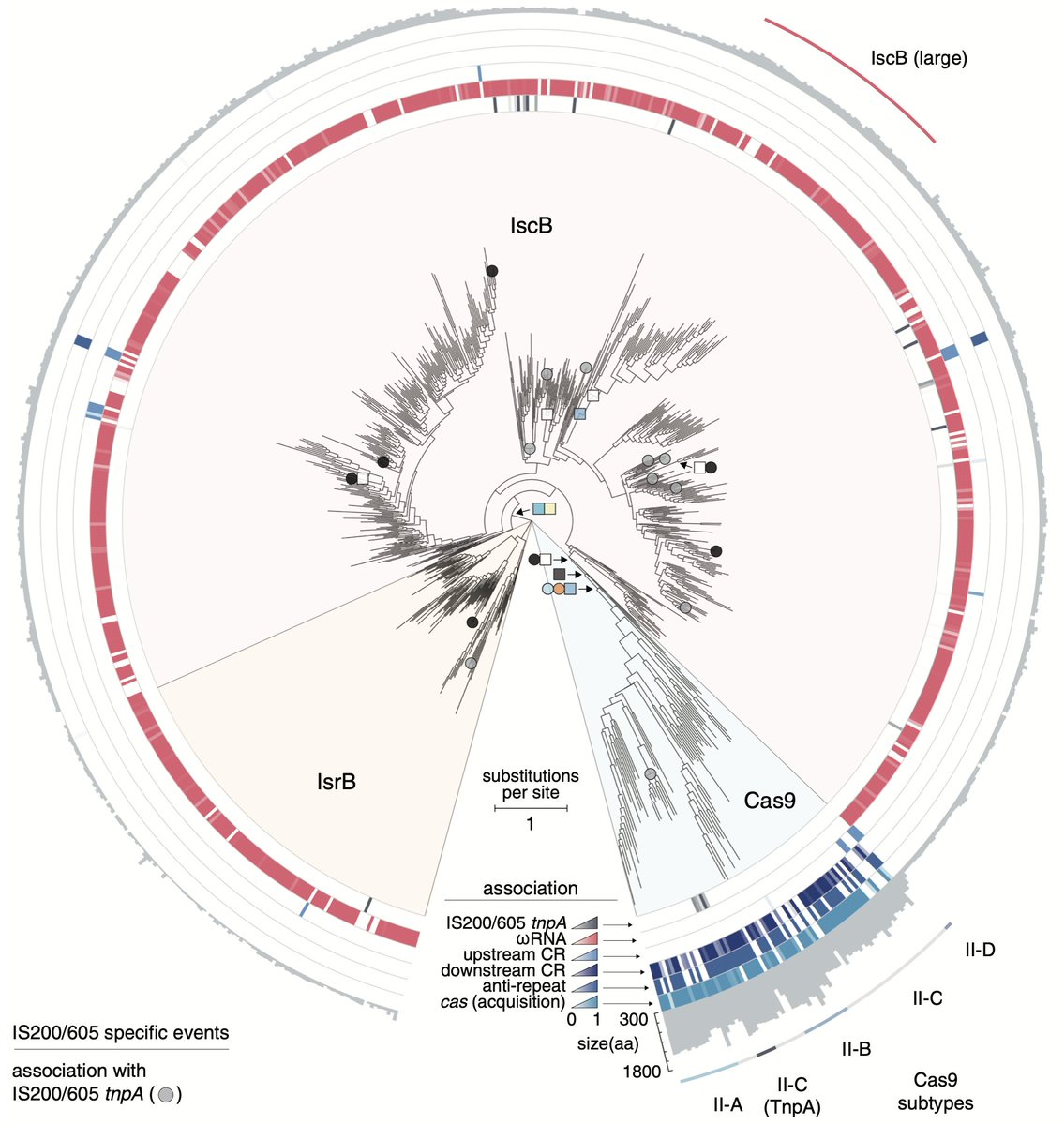
Engineer and molecular biologist. Curious about the world and optimistic to make it better.
How to get URL link on X (Twitter) App




 1/ Inspired by the machinery used by endosymbiotic bacteria to deliver protein payloads to their host animals’ cells, we sought to engineer these systems, called contractile injection systems (CISs), for delivery to human cells.
1/ Inspired by the machinery used by endosymbiotic bacteria to deliver protein payloads to their host animals’ cells, we sought to engineer these systems, called contractile injection systems (CISs), for delivery to human cells. 

 1/ We were exploring Cas9 diversity when we found IscB, a transposon-encoded protein that shares nuclease domains with Cas9. However, unlike Cas9, no RNA or CRISPR components are known to interact with it, making its function a mystery.
1/ We were exploring Cas9 diversity when we found IscB, a transposon-encoded protein that shares nuclease domains with Cas9. However, unlike Cas9, no RNA or CRISPR components are known to interact with it, making its function a mystery. 

 1/ Delivery of nucleic acid therapies to cells remains a bottleneck for gene therapy. We wanted to develop a modular delivery system that would be safe and cell-type type specific, avoiding the immunogenicity of common viral vectors.
1/ Delivery of nucleic acid therapies to cells remains a bottleneck for gene therapy. We wanted to develop a modular delivery system that would be safe and cell-type type specific, avoiding the immunogenicity of common viral vectors. 

 #STOPCovid requires no sample extraction, can be performed using a single mastermix, and uses a paper strip to display results. #STOPCovid can detect down to 100 copies of SARS-Cov-2 RNA from patient samples. 2/X
#STOPCovid requires no sample extraction, can be performed using a single mastermix, and uses a paper strip to display results. #STOPCovid can detect down to 100 copies of SARS-Cov-2 RNA from patient samples. 2/X 